Summary: When deciding whether to opt for an NVR or cloud surveillance, the most important aspects to consider are the costs, convenience, and security needs. NVRs will provide you with the sharpest and brightest images and safe local storage. On the other hand, the cloud-based systems will give you easy-to-use and flexible storage options, but will still be limited by internet reliability.
Investing in cloud based surveillance or an on-premises NVR is a great way to secure your business assets. But how your security feed is recorded and later stored will differ depending on your system. Choosing the commercial video security that makes the most sense for your business is all that matters. So, let’s discuss the differences between traditional on-premises NVRs and newer cloud surveillance options.
Breaking Down NVRs
An NVR, or “network video recorder,” is a physical device that records and stores video footage on a hard disk or mass storage device. NVR camera systems can have just a few cameras or encompass thousands on the same network. The key to understanding this kind of system is recognizing how its three parts– cameras, NVRs, and network connections– work together.
First, NVRs normally use IP security cameras. IP cameras are able to receive and send video footage over an IP network – the same type of network that runs your business operations. These cameras can connect to your NVR using either a hardwired connection, such as an Ethernet cable, or a wireless connection. Most cameras also have the capability to use local storage, such as an SD card, similar to those found in a digital camera. This allows for video images to be retained even if the connection to the NVR is disrupted.
So in essence, the entire footage storage process begins once any video is recorded. Afterward, the IP camera converts the recording into a digital file and transmits it to the NVR via the local IP network.
After the NVR receives the audio and visual data from your live security camera monitoring, it is stored for future review. The number of days of image storage time depends on the quality of your images and the amount of storage space. A minimum of 30 days of retained storage is typical, and best practice is determined by the type of risk you are protecting. It is not uncommon to retain 90 days of video.
Additional NVR cloud storage can usually be added with larger hard drives, and archiving critical events increases available storage space. If your NVR system has been enabled for remote access, you can view the recordings from any location using secure mobile apps or software. This convenient option can come in handy when you are away from the office.
But, like any system, there are upsides and downsides to using NVRs. Some positives include better image quality, greater system flexibility, the ability to record both visual and audio, and adding speakers for voice-down alerting. Additionally, NVR systems can operate either wired or wireless– allowing you to customize your system based on your business needs.
A dedicated NVR appliance is generally more costly than other surveillance systems that run on a shared server or PC. And in order to view cameras remotely, the system will require a strong internet connection. This can create security concerns for remote viewing during unpredictable internet connection breaks, but the footage will still be recorded locally.
Cloud Surveillance
Cloud surveillance has grown in popularity over the past decade as the use of smartphones and mobile applications has become mainstream. This kind of system stores video recordings on the internet in a completely remote manner.
This process begins once a cloud-based security camera records any footage. Once recorded, the footage is converted to a digital file and transmitted to a “storage host” online. Your video surveillance storage host technically has unlimited storage capacity. This is nice, but it comes at a price– the more you store, the more you are charged. This “host” is normally a web landing page that requires an authorized user to sign in with unique login credentials. After you are properly logged in, you can access any recorded videos and even control your security cameras from any remote location.
But, just like NVRs, cloud surveillance systems do not come without their pros and cons. Cloud systems have gained traction due to their easy setup. The systems are also praised for their easy accessibility, the ability to remotely adjust cameras, and the fact that you do not need a physical NVR. The availability of unlimited storage also allows a business to retain large amounts of video footage at an incremental cost.
Nonetheless, these systems can slow down your business’s internet connection speed, and often can benefit from a separate Internet circuit. Cloud systems also typically require ongoing licensing fees, which, over time, can make these systems more expensive than a purchased NVR system.
And, perhaps more alarmingly, cloud surveillance systems can be more susceptible to data hacks since hackers do not need to be on a local network in order to infiltrate your system. In 2021, a group of hackers claimed to have breached a massive inventory of security-camera data collected by Silicon Valley startup Verkada Inc.
The hackers gained access to live feeds of 150,000 surveillance cameras inside hospitals, companies, police departments, prisons, and schools, including carmaker Tesla Inc. You also run the risk of losing recordings if the cameras do not have local storage when your internet connection is down. To learn more about different hacking methods, you can visit our blog published earlier this month entitled Are Your Security Cameras At Risk Of Hacking?
The Key Differences
NVRs and cloud surveillance systems are two distinct tools for capturing the security footage of your business. However, they differ in terms of accessibility, convenience, price, and the level of cybersecurity required.
To begin, NVRs have to be set up on the premises since they are tangible devices. Additionally, it is essential to keep your NVR in a secure location that cannot be accessed or tampered with in the event of a break-in. A locked cabinet or a secure area should be its permanent home. Most of the time, the operating costs for installation and maintenance can be cut down by using the existing IP network for your video security system.
Second, if your business spans multiple sites, utilizing NVR systems may lower convenience since each site will need its own NVR. On the other hand, the setup of having each location’s NVR allows data retrieval to a central monitoring station as and when necessary, and if configured, one NVR can access another local NVR.
A cloud-based monitoring system, on the other hand, only requires an internet connection to function, thus removing the difficulty of installation and allowing management through any type of device, for example, phone, tablet, or computer. If the monthly licensing fee is affordable, it might be an excellent choice.
Yet, no matter what option you go for, considerable security measures have to be applied. Prevent unapproved access through a secured network by encrypting your data, using antivirus software and firewalls, updating your software regularly, and implementing strong password practices.
Selecting the Proper System
The optimal configuration is determined by the way your business functions, the amount of money you are willing to invest, and the degree of security that you need. When your objectives are clear, contact a reliable security supplier to assist you in selecting the proper solution.
FAQs
An NVR stores video on the local hard drives and works with the IP cameras. It provides clear video, different setups, and accessibility through the internet for remote users.
The recordings act as a service saved online, which thus makes the view accessible from any device you have. It is a very simple setup, but it depends on the quality of the internet connection and has a monthly fee.
It provides excellent video quality, guarantees the safety of the footage in case there is an internet disconnection, and gives good local storage. The downside is more equipment on-site.
They depend on the internet, which can cause your network to slow down and require excellent security measures. If a system stores no footage locally, it may miss recordings during an outage.
Choose according to the budget, required level of security, and how much you would like to be in control of the situation. NVRs provide more control; cloud systems bring more convenience. A security professional can assist in comparing your options.

Michael S. Blanco is the Chief Executive Officer and Co-Founder of Resolute Partners, LLC, where he leads strategic initiatives across various divisions. After owning family entertainment centers in New England, he co-founded Resolute Partners in 1996, launching the first Internet cafés for the U.S. Navy and partnering with AT&T for global deployment. A pioneer in wireless communications, Michael has expanded the company’s focus to include Energy Management/IoT, Cybersecurity, and Managed Video Security. He holds a degree from the Rochester Institute of Technology.
2 Comments
Leave a Comment
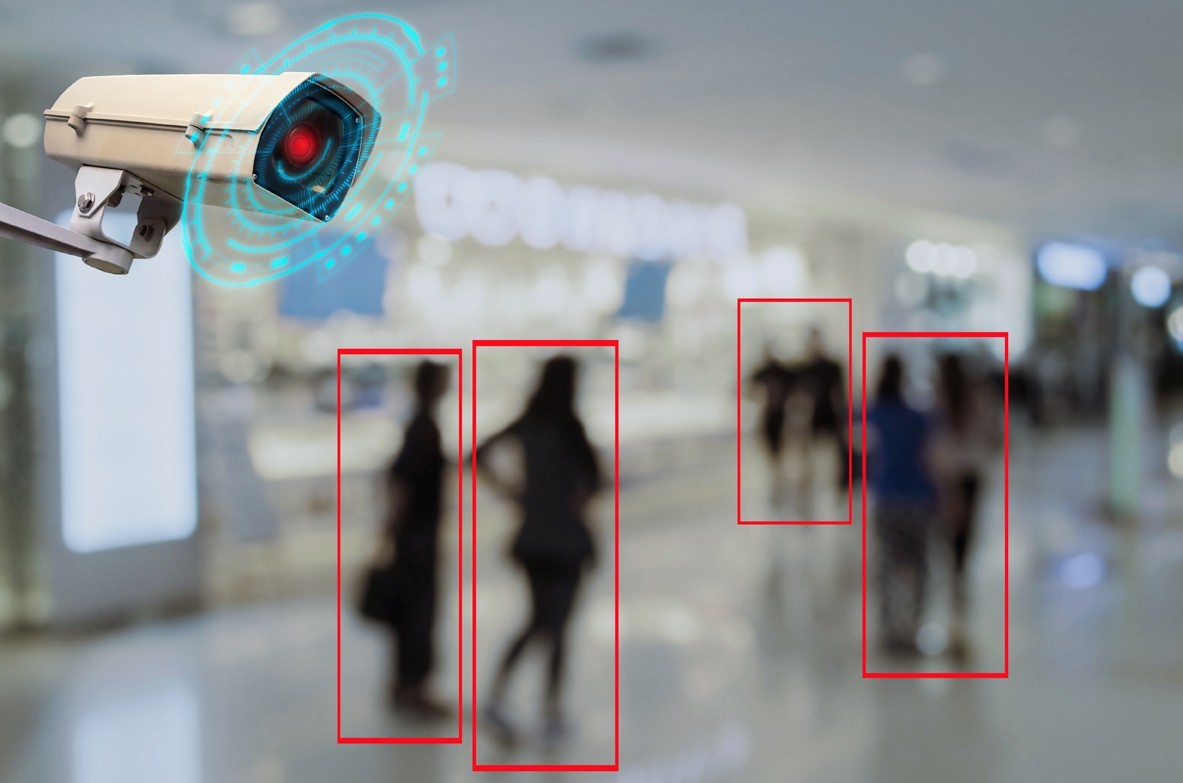
Stay up to date.
Subscribe for latest news, protection tips, special offers, and more!





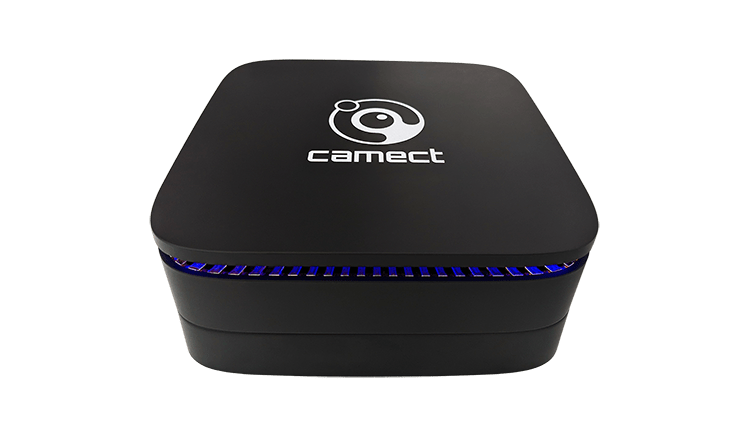

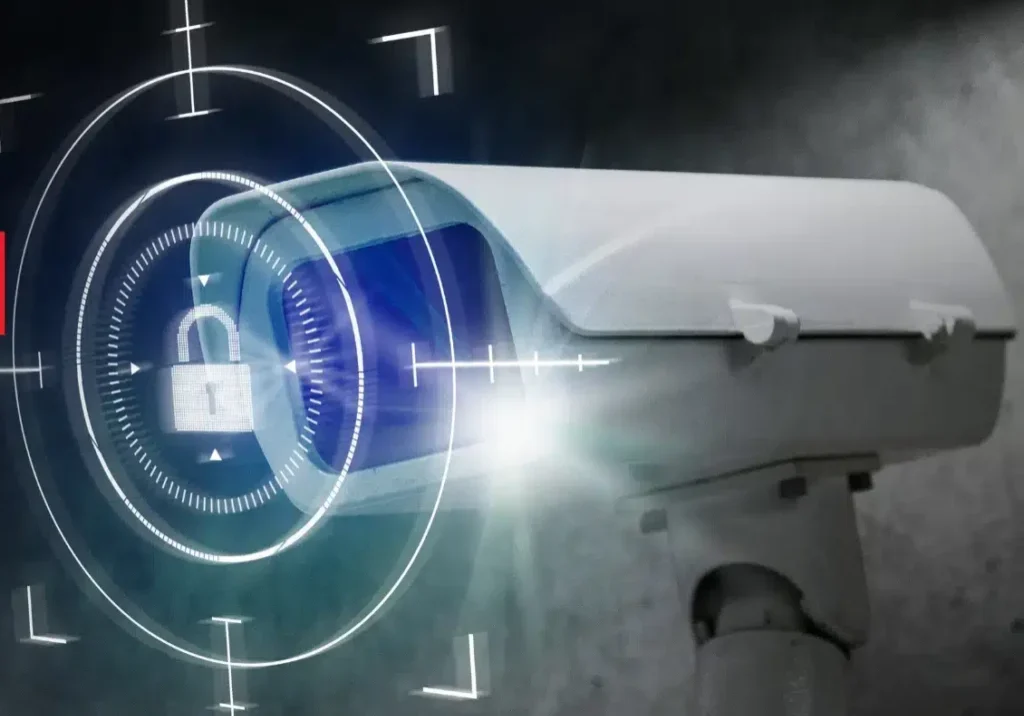
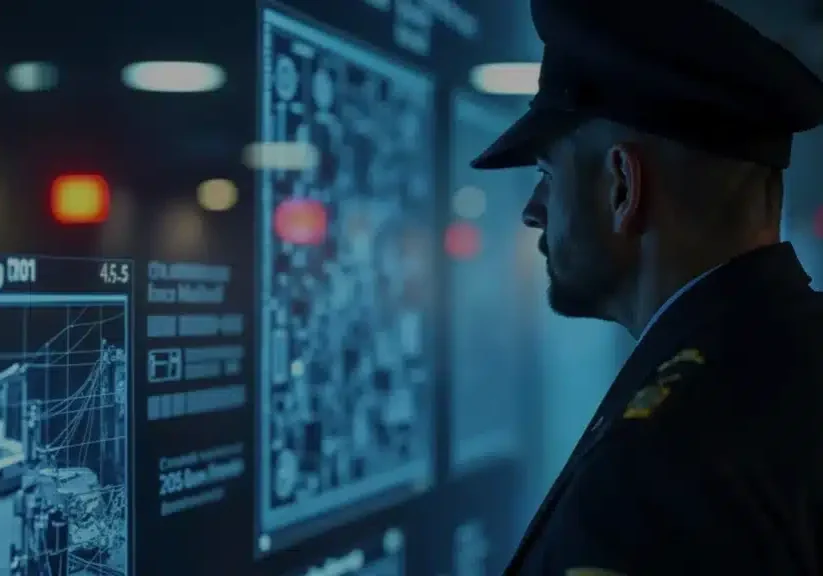
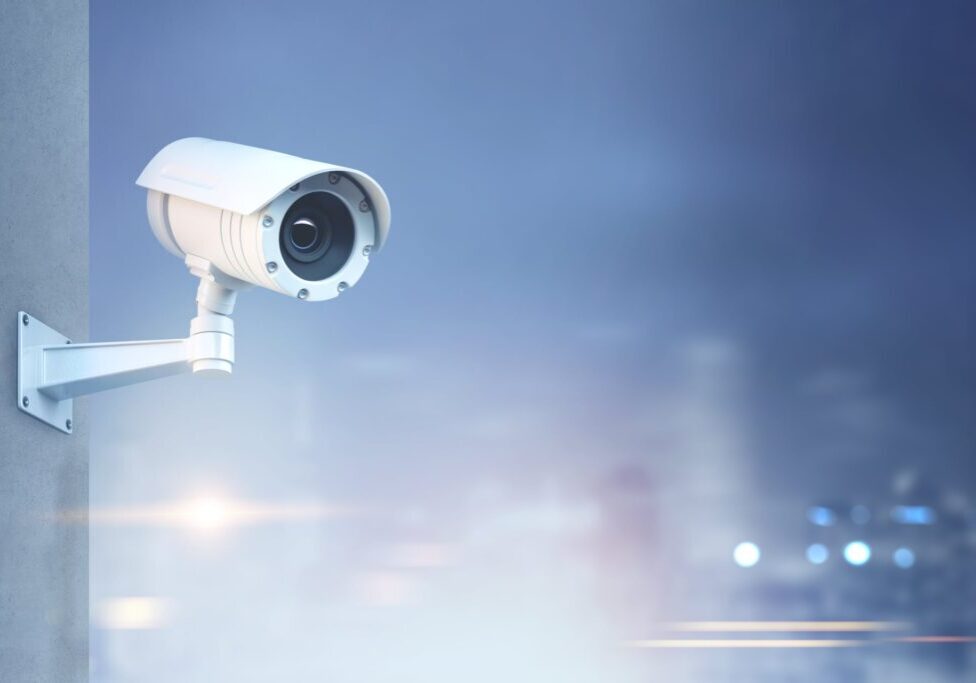

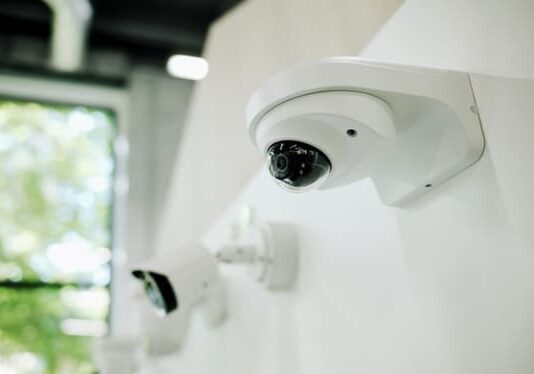
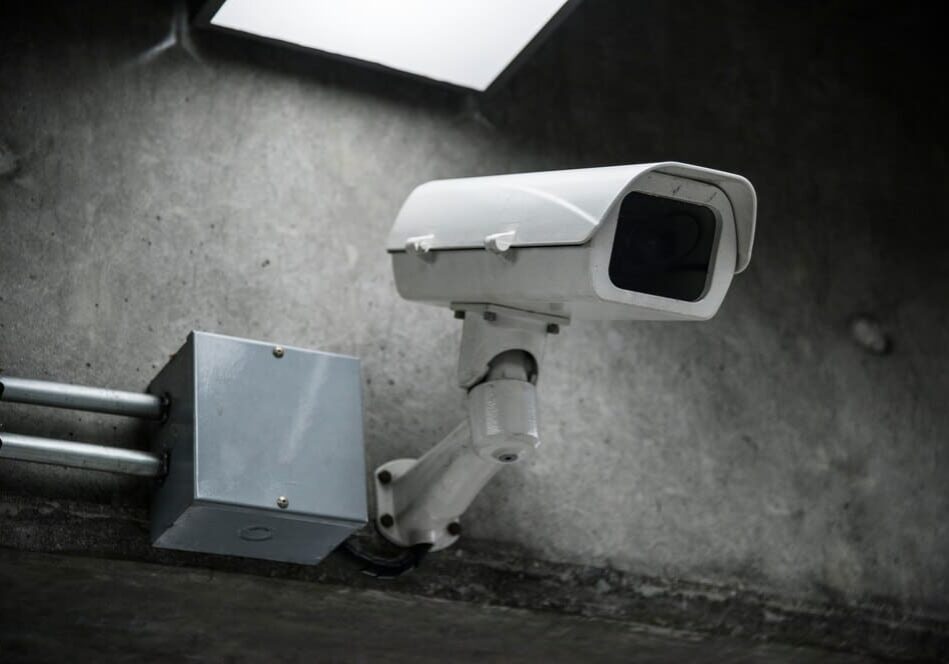
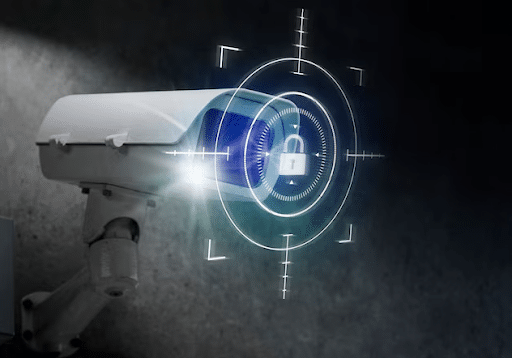
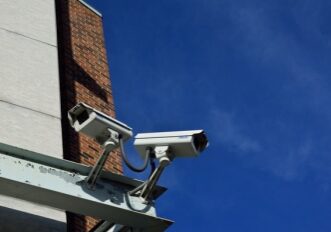
[…] storage option is not immune to failure. In fact, arguably nothing is worse than an incidence of NVR failure, which can result in the loss of all video and image data across your network and lead to […]
[…] an NVR– also known as a “network video recorder”– is a computer system that actively records video footage and stores these feeds on a mass […]